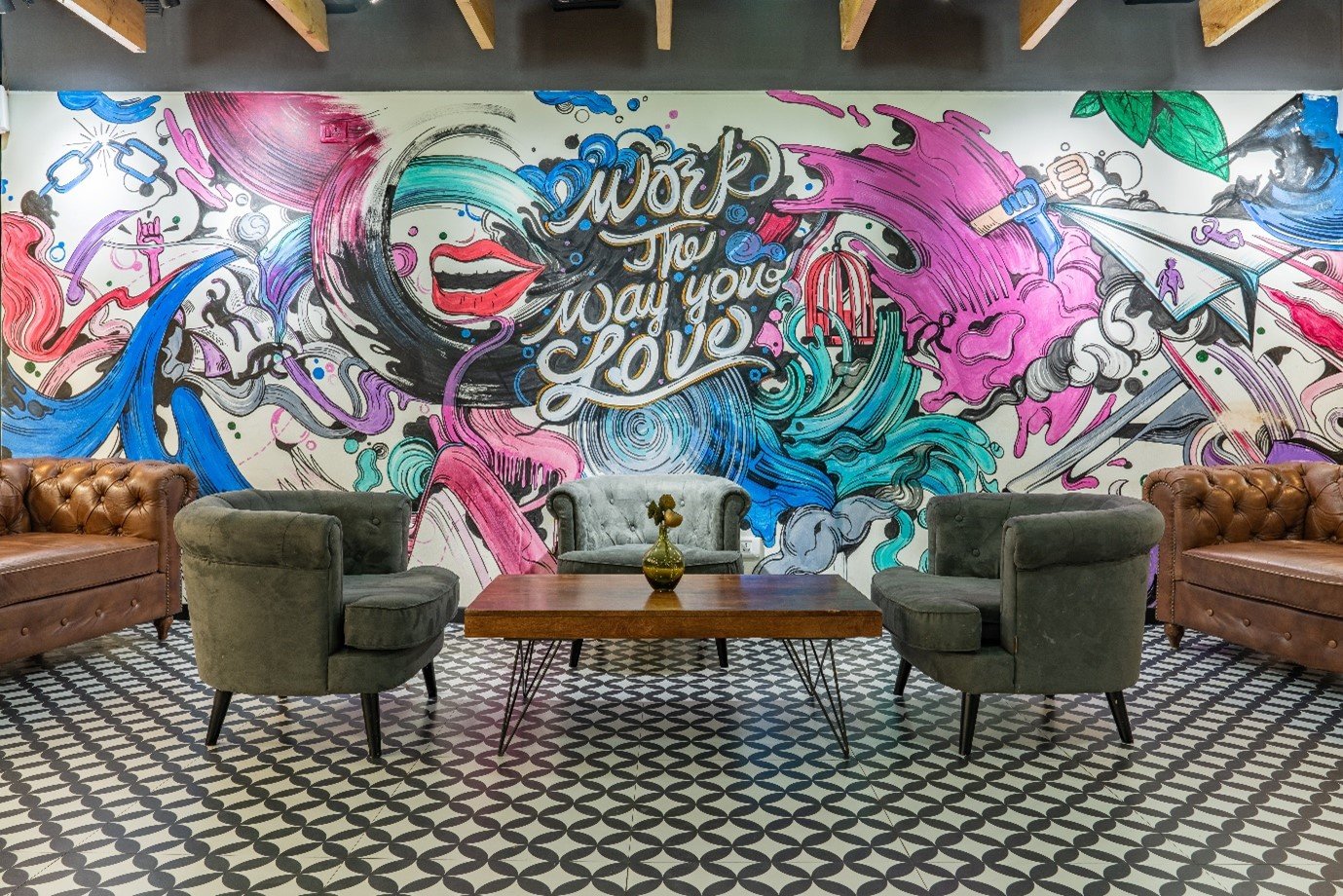Coworking & FlexSpaces Gain Ground After a Difficult 2020
There aren’t too many industries who had to fight harder than Coworking spaces to remain viable in 2020. But after a difficult year, the industry of shared short-term lease office space looks set to bounce back better than ever.
As the pandemic eases its grip, the change of view on working conditions it activated is generating enquiries from big enterprise. Traditionally bigger businesses were less interested in coworking spaces. If they used them at all, it was simply to provide a flex option for short projects. Today, that’s changed.
Caption: The coworking space industry is bouncing back stronger than ever thanks to increased interest from big business (Photo by myHQ Workspaces on Unsplash)
Larger businesses are leaving traditional office leases and moving to smaller spaces and flexible contracts that enable business agility and employee flexibility. The trend is being seen right across the coworking space sector and recovery figures look promising. Along with a shift towards more private offices, longer term contract options and higher capacity – more desks needed – are bringing optimism back to CEOs and founders of coworking spaces.
Sydney is leading Australia’s coworking space recovery. While most states and capitals are seeing enquiries and new contracts building occupancy back toward pre-COVID levels, Melbourne lags with the continued intermittent lockdowns.
Australia is ranked 7th out of 20 countries with Coworking spaces and is home to almost 3% for the world’s coworking space. Brad Krauskopf, CEO and founder of Hub Australia says they are now seeing ‘flex’ space becoming part of an enterprises overall workplace strategy. “Companies are signing up for longer periods and larger numbers of desks” he noted.
The definite increase in demand has Hub Australia looking to expand their offering beyond the CBD into city fringe and suburban locations.
Cliff Ho, co-founder and MD for The Commons with five sites – four in Melbourne and one in Sydney – noted that occupancy in their Melbourne locations was still around 15 – 20% lower than pre-COVID days. However the central Sydney location had bounced back to 94% occupancy and enquiries from larger businesses were stronger than ever.
“We’re seeing high demand from companies who want to downsize or take a hybrid approach” he commented.
It’s activity that gives credence to recent predictions on the future of coworking spaces. While an initial decline of 12.9% was expected, the recovery is forecast to push the global market value to well above pre-COVID values at an estimated $11.52 billion by 2023. It’s anticipated this will be driven by the increased interest in hybrid working arrangements, demand for suburban office space, and the growing role busines plays in mental health at work.

